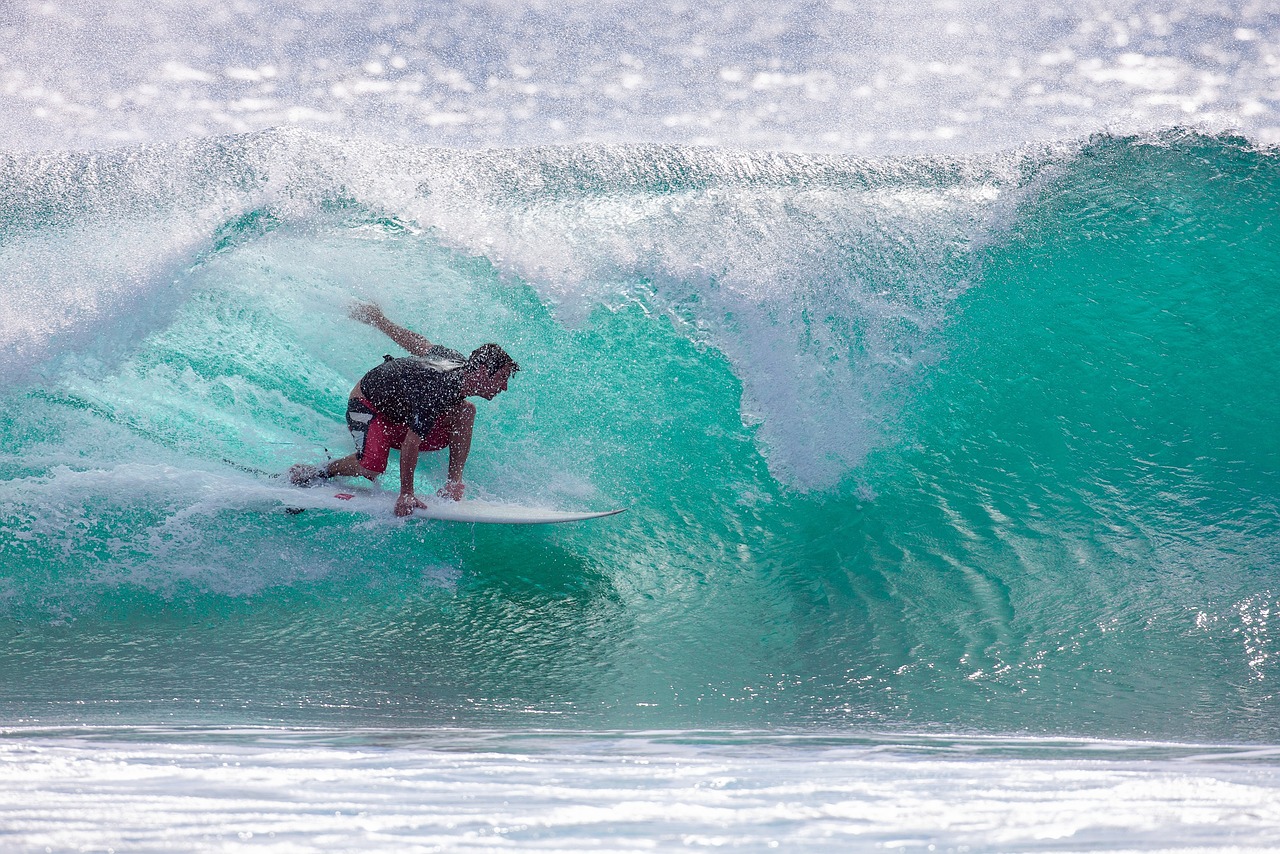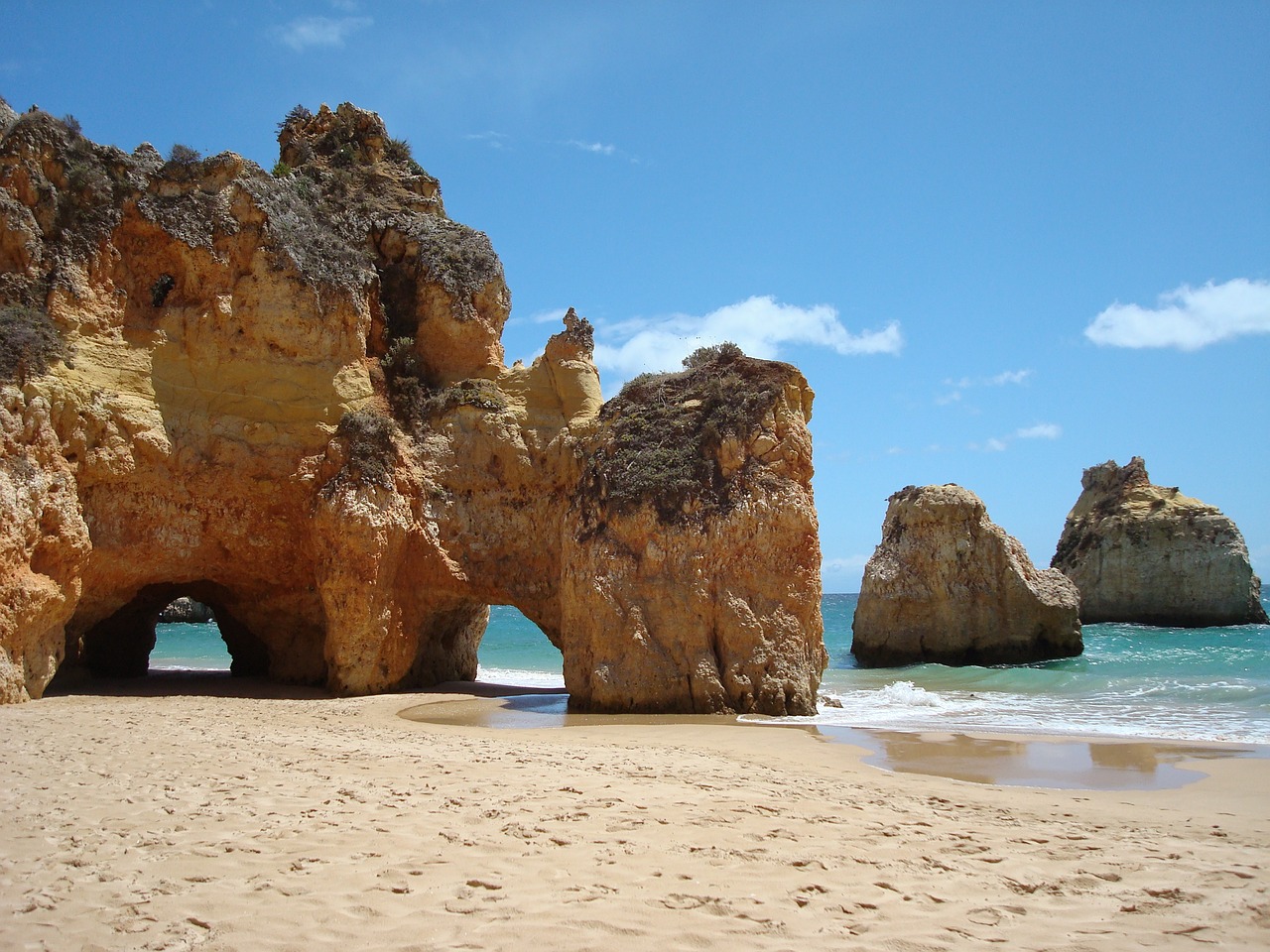Surfing in the Algarve: The Best Surf Spots
Surfing in the Algarve is a favourite amongst European surfers; the Algarve offers year-round waves in the warmest climate in Europe. Thanks to its location on the corner of the Iberian Peninsula, the Algarve enjoys the widest swell window in Portugal, making it the ideal destination for a surfing holiday. With waves suitable for all abilities, it can be difficult to know where to head so we’ve put together some of our favourite spots to get you started.
Essential Information
Location: South Portugal
Language: Portuguese
Currency: Euro
Local Time: GMT/BST
Fly to: Faro Airport (FAO), also known as Algarve Airport
Flight time: Approximately 2 hours 45 minutes from the UK
When to Surf in the Algarve
Boasting the warmest climate in Europe, the Algarve is a year-round destination and will have waves whenever you visit.
The peak season is considered to be between autumn and spring as a result of the extremely hot summers and long flat spells.
Although the winter months are often warm enough for t-shirts and the water around the Algarve is the warmest in Portugal, water temperatures remain cool. Wetsuits are recommended all year, with July and August being the only exceptions.
Where to Surf in The Algarve
Lagos
A popular town in the southern Algarve region, Lagos is known for its cliffs and Atlantic beaches. Conveniently located, transfers from Faro Airport to Lagos take about 1 hour making it the perfect location for a surf holiday.
Located in a quiet coastal town, Praia do Luz offers a great beach for those looking for a relaxing atmosphere close to Lagos. A long beach featuring a good reef at both ends, this best during the winter months when it is at its quietest. The predominant wind blows from the North in the winter, with swells emerging from the south.
Alternatively, visit Praia de Burgau, located in a traditional Portuguese fishing village south-east of Lagos. A great spot for beginners, the beach is surrounded by hills which protect it from the frequent north winds. Although the waves are quite mellow, there can be great lefts and rights, especially in big winter swells.
Sagres
Situated on the most westerly tip of the Algarve, Sagres comprises of magnificent cliffs, vast beaches and spectacular waves. Close to some of the best surfing beaches in Portugal, a transfer from Faro Airport to Sagres takes approximately 1 hour 20 minutes.
Located to the south of the incredible cliffs of Cabo Sao Vicente, Praia do Beliche is a victim of the powerful Atlantic swells. Best at mid-tide, the 40-metre-high cliffs provide some shelter from the notorious winds Sagres is famous for. Although a great option before or after the main summer months, Praia do Beliche has some of the hollowest peaks around during winter.
Close to the resort of Vila do Bispo, Praia da Ingrina is also worth considering whilst visiting the Algarve on a surf holiday. A peaceful but breezy beach, the tiny bay can produce lovely hollow waves if the sandbank is good but is at its best with a good winter swell.
Another beautiful and windy beach is known for its great waves is Tonel Beach. One of three beaches within walking distances of Sagres, it is capable of producing hollow waves but is unpredictable in the wind. Offering both right and lefts, it can be busy in summer and features surprising rip currents.
One of the best-known surf hotspots in Portugal, Praia do Zavial is fast and hollow but requires a sizeable swell to really come alive. Although perfect for beginners and intermediates on small swells, it gets offshore winds frequently, making even the smallest swells stand up.
Carrapateira
A village situated on the western coast of the Algarve, offers a wild coastline with incredible surf. Despite transfers from Faro Airport to Carrapateria only taking around 1 hour 20 minutes, the area has a traditional Portuguese atmosphere that makes a nice contrast to other popular resorts.
Praia do Amado is one of the best-known surf spots on the Algarve, a long, sandy beach offering great waves all year round. Popular with beginners, the beach gets lots of variety in different wave conditions. Experiencing the most consistent waves in the Algarve, tides don’t affect Praia do Amado and it is open to all Atlantic swells.
One of the longest beaches in the area, Praia da Cordoama is extremely open and surrounded by spectacular cliffs. Extremely popular in summer, it features extremely consistent waves with great hollow waves and running waves that spread down the beach.
Part of the Vicentine Coast natural park, Praia do Castelejo is renowned for being an excellent surf spot. Neighbouring Praia da Cordoama, the bay is extremely consistent and is west facing. A good spot for learning how to surf in the sun during the summer months, Praia do Castelejo offers world class waves if the sandbars have developed.
We hope this has given you some inspiration for spots to visit during your next surf holiday to the Algarve.
Don’t forget Sea-Lifts specialises in surf holiday airport transfers and even offers the option of adding your surfboard as luggage.


